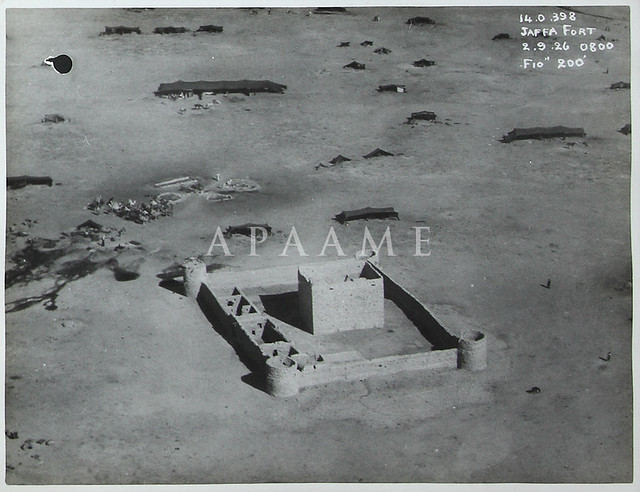Want to learn about the Decline
and Fall of the Roman Empire? please attend the Roman Archaeology Group
of Perth's free lecture series
The Decline and Fall of the Roman Empire
3rd session
2 Illustrated Lectures
Winthrop Professor David Kennedy
Saturday 24 March
1:30pm
Social Sciences Lecture Theatre
University of Western Australia
1:30pm - Fall: Economic, Social, Environmental... and more.
2:30pm - tea break ($7 for RAG Members $10 for non-members)
3:00pm - What Happened... and Does it Matter?
Please let us know of your interest by emailing
Norah Cooper.
Next lectures: Winter Lecture Series TBA.
To learn more about the Roman Archaeology Group of Perth please visit their
webpage.




